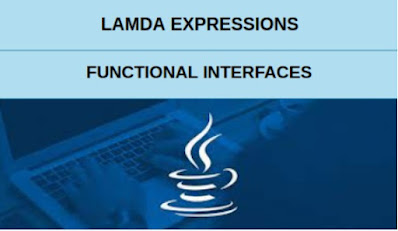How to convert Set of objects to another Set of objects using Java streams?

Hello everyone, here we will show you how to convert a Set to another Set in Java using Java streams map(). The ‘map’ method maps each element to its corresponding result. Java Stream API The Java Stream API provides a functional approach to processing collections of objects. The Stream in Java can be defined as a sequence of elements from a source Collection or Array. Most of the stream operations return a Stream. This helps create a chain of stream operations( stream pipe-lining ). The streams also support the aggregate or terminal operations on the elements. for example, finding the minimum or maximum element or finding average etc...Stream operations can either be executed sequentially or parallel. when performed parallelly, it is called a parallel stream. Stream map() Method The Java 8 Stream map() is an intermediate operation.It converts Stream<obj1> to Stream<obj2>. For each object of type obj1 , a new object of type obj2 is created and put in the new Stream.
